Gucci Logo Design: History & Evolution

Image Source: https://www.gucci.com/ | Image Courtesy: Gucci
If there's one logo that effortlessly screams luxury and timelessness, it has to be the Gucci logo design. This iconic emblem isn't just a testament to high fashion but is also deeply entrenched in the annals of design history. Ever wondered how this fashion behemoth got its signature look? Well, you're in for a treat!
From its humble beginnings in Florence to its position as a global fashion powerhouse, the journey of the Gucci logo is one filled with innovation, passion, and a keen sense of identity. In this article, we'll unravel the intriguing chronicles behind the Gucci logo design, tracing its evolution and exploring its significance. So, whether you're a fashion enthusiast, a design lover, or just a curious soul, there's something here for everyone. Dive in with us, as we journey through the threads of history and design that make Gucci the legend it is today.
Gucci Logo Design History
1933 - Present
When you think about luxury brands that have transcended time, standing tall and proud, the Gucci logo design inevitably springs to mind. Established in 1933, this emblem has proven its timeless nature, bearing witness to the brand’s evolution for nearly a century. And the fascinating bit? Its design has undergone almost no changes since its inception, attesting to the ageless strength of its design.
Designed by Aldo Gucci, one of the three sons of Guccio, this logo was more than just a commercial symbol. Aldo envisioned a monogram that was not only elegant but also exuded strength and confidence. Using his father’s initials, he created the now-iconic double “G” design, forging an eternal bond between the brand and its founder. Originally, this emblem was presented in a refined, flat black, underscoring the brand's understated luxury. However, as the years passed, Gucci added a touch of opulence by transitioning to glossy gold and silver shades. These metallic textures hearken back to Guccio's days at the Savoy, carrying with them a nostalgic significance.
However, it wasn't just the hues that underwent a transformation. The 1970s saw the birth of the Gucci ribbon adorned with dark red and green stripes. This wasn't a mere aesthetic choice but an evolution from the brand's earlier designs that featured brown geometric figures, symbolizing hemp fabric. A slight detour in history helps us understand this choice. Post-World War II, the fashion world faced challenges, with Gucci feeling the pinch when it came to sourcing high-quality leather. Ingeniously, they pivoted, choosing to employ hemp from Naples as a substitute. This adaptation not only signified the brand's resilience but also its ability to innovate while upholding its identity.
Through the years, the Gucci logo design has been a testament to the brand's heritage, its challenges, and its undying commitment to luxury and elegance. More than just a symbol, it encapsulates stories of family, war-time innovations, and the incessant pursuit of perfection. Today, whenever you spot those intertwined Gs or the vibrant ribbon, remember you're not just looking at a logo, but a rich tapestry of history woven with threads of passion, ingenuity, and resilience.

Image Courtesy: Gucci
Analysis: Gucci Logo Design Evolution
The power of a logo lies not just in its aesthetic appeal but in its ability to evolve while staying true to its roots. Few brands understand this delicate balance as well as Gucci. Through its storied history, the Gucci logo design has remained emblematic of luxury and innovation. But what lies behind those iconic double Gs? Let's delve into an analysis of the Gucci logo design evolution, unraveling the secrets behind its timeless allure.
Simplicity with Significance
At its core, the Gucci logo is a masterclass in simplicity. Aldo Gucci’s choice to use the double “G” monogram was both personal and brilliant. The initials, representing his father Guccio, seamlessly merge the brand's lineage with its visual identity. This minimalist approach ensures that the logo remains easily recognizable and universally understood.
Colors as Narrators
While the initial flat black color was a nod to understated luxury, the transition to glossy gold and silver wasn't just a superficial change. These metallic hues are reminiscent of Guccio's time at the Savoy, ensuring that brand history and personal memories continue to color its logo.
Innovation Amidst Adversity
The brand's post-World War II pivot from leather to hemp is not just a testament to its adaptability but also a significant evolution in its logo design. The brown geometric patterns, symbolic of hemp fabric, and the iconic red and green stripes introduced in the 1970s, are indicative of Gucci's ability to innovate while paying homage to its past.
A Holistic Emblem
Over the years, the Gucci logo design hasn't operated in isolation. Whether placed above the brand name, alongside it, or standing alone, its presentation complements the fashion house's overall branding strategy. The logo and wordmark together paint a complete picture, ensuring that the brand's identity remains cohesive and consistent.
Embracing the Modern
While Gucci's logo has remained largely unchanged since its inception, the brand hasn't shied away from occasional modern tweaks. Contemporary renditions have seen the logo incorporated in bold patterns, graffiti art, and even playful memes, underlining Gucci's knack for staying relevant to changing times.
In essence, the Gucci logo design evolution is not just about visual changes; it's a reflection of the brand’s journey, its challenges, and its victories. It stands as a beacon of timeless design, teaching us that while trends come and go, true style - much like Gucci's emblematic logo - endures.
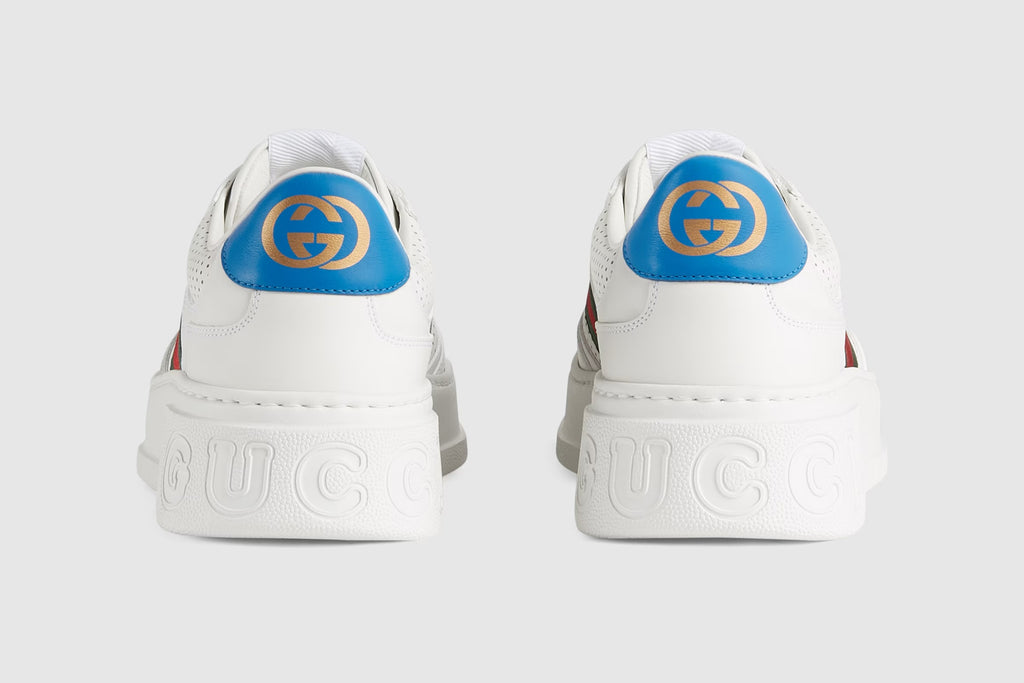
Image Source: https://www.gucci.com/ | Image Courtesy: Gucci
The Philosophy & Meaning Behind Gucci Logo Design
Behind every iconic logo lies a deep-seated philosophy, a story waiting to be told, a message eager to be conveyed. In the world of luxury branding, the Gucci logo design stands as a testament to this truth. More than just a visual treat, this emblem carries with it a weight of history, ethos, and meaning. Join us as we uncover the philosophy and significance behind one of fashion's most revered symbols.
A Family Affair
The double "G" monogram wasn’t just a random design choice. It represents Guccio Gucci's initials, the brand's founder. Designed by his son, Aldo, the logo serves as a bridge between generations, echoing the familial roots and the deep bond that forms the foundation of the Gucci empire. It's a reminder that behind the glitz and glamor lies a family's legacy.
Elegance in Simplicity
In an industry where extravagance is often the norm, the Gucci logo design is a beacon of simplicity. The clean, intertwined "G"s embody a minimalist yet sophisticated approach. This understated elegance is a testament to the brand's confidence in its legacy and its belief that true luxury doesn't scream — it whispers.
A Symbol of Resilience
The evolution of the Gucci logo, particularly the inclusion of hemp symbolized patterns after World War II, speaks volumes about the brand's resilience. Adapting to challenging times, while embedding these adaptations into their logo, Gucci turned adversity into a design evolution. It's a narrative of tenacity, adaptability, and the will to innovate.
Colors with Depth
The choice of colors in the Gucci logo design isn't merely aesthetic. The shift from flat black to metallic hues harks back to significant periods in the brand's history. These colors serve as a silent storyteller, chronicling tales of Guccio's days at the Savoy and the brand's journey through time.
Modern Yet Timeless
While deeply rooted in history, the Gucci logo design never feels outdated. It's a blend of the traditional with a touch of the modern. The brand's ability to keep its emblem relevant, while never deviating from its core design, showcases its understanding of timelessness. It's a nod to the past while keeping an eye on the future.
The Gucci logo design is more than a symbol; it's a philosophy. It encapsulates the brand's heritage, values, and vision. Every curve, every color, every adaptation is imbued with meaning. It stands not just as a representation of luxury, but as a testament to the rich tapestry of stories, values, and beliefs that is Gucci.

Image Source: https://www.gucci.com/ | Image Courtesy: Gucci
What Can We Learn from Gucci Logo Design
The world of design is ever-evolving, but every once in a while, we come across logos that defy time, setting benchmarks for decades. The Gucci logo design is one such marvel, a masterclass in branding. But beyond its visual appeal, this iconic emblem offers invaluable lessons for designers and brands alike. Let's uncover the wisdom encapsulated in those timeless interlocking Gs.
Power of Legacy
One of the standout elements of the Gucci logo design is its unwavering connection to its roots. The double "G" monogram, representing the founder's initials, reminds us of the importance of legacy in branding. It’s not just about the present or future; acknowledging and celebrating the past can be a powerful branding strategy.
Simplicity is Timeless
In an age of intricate designs and elaborate patterns, the simplicity of Gucci’s logo shines bright. It's a testament to the age-old adage – less is more. A clear, uncluttered design not only ensures instant recognition but also ensures that the logo remains relevant across generations.
Adaptability Matters
The Gucci logo has seen subtle shifts, adapting to challenges like material shortages post-World War II. This ability to adapt while retaining core elements is a lesson in resilience and innovation. Brands need to evolve with changing times, but the trick lies in doing so without losing one's essence.
Tell a Story
Every hue and element in the Gucci logo design tells a story – from Guccio's days at the Savoy to the transition from leather to hemp. A successful logo isn’t just visually pleasing; it narrates tales of the brand's journey, ethos, and values. It reminds us that design is as much about storytelling as it is about aesthetics.
Stay Relevant, but True
Gucci has effortlessly blended tradition with modernity. While they've ventured into contemporary renditions, their logo has never lost its core identity. The key lesson? Stay updated with trends, but never at the expense of your brand’s soul. Being trendy is great, but timelessness is a treasure.
The Gucci logo design isn't just a symbol of luxury; it's a compendium of branding wisdom. Every stroke, shade, and shift speaks of a well-thought-out design philosophy. For budding designers and established brands, it serves as an inspiration – a reminder that with the right mix of heritage, simplicity, adaptability, storytelling, and relevance, a logo can transcend time, becoming a legend in its own right.
Conclusion
In the vast realm of design, the Gucci logo design stands as an emblem of timelessness and genius. A harmonious blend of history, simplicity, and adaptability, it offers invaluable insights into branding done right. As we've journeyed through its evolution and philosophy, one thing becomes abundantly clear: true design brilliance is not about fleeting trends, but about crafting a legacy that resonates through the ages. So, the next time you spot those iconic intertwined Gs, take a moment to appreciate not just their aesthetic appeal but the rich tapestry of lessons they bring to the design table.
Let Us Know What You Think!
These fantastic logo design articles are written and curated by Kreafolk's team. We hope you enjoy our information and remember to leave us a comment below. Cheers!

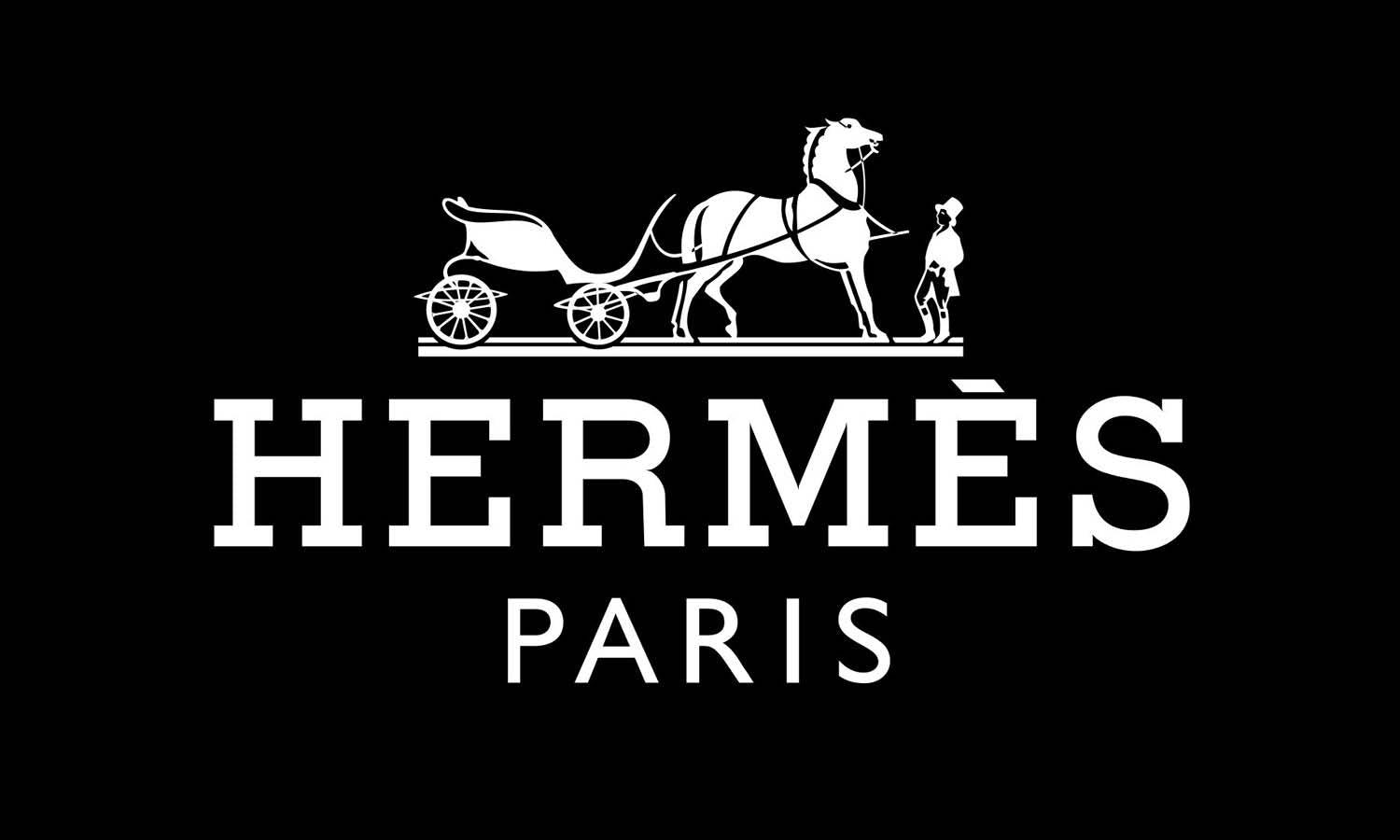
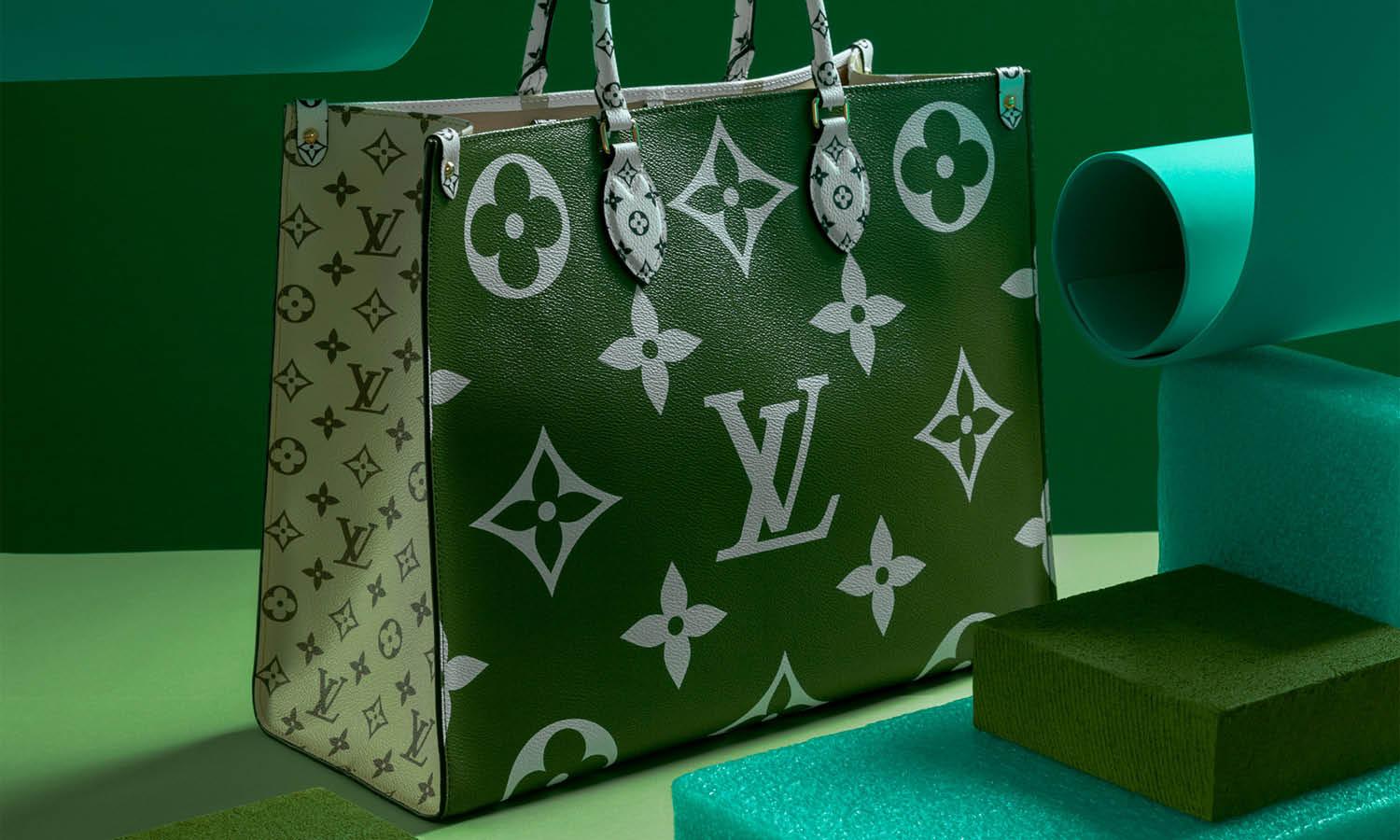
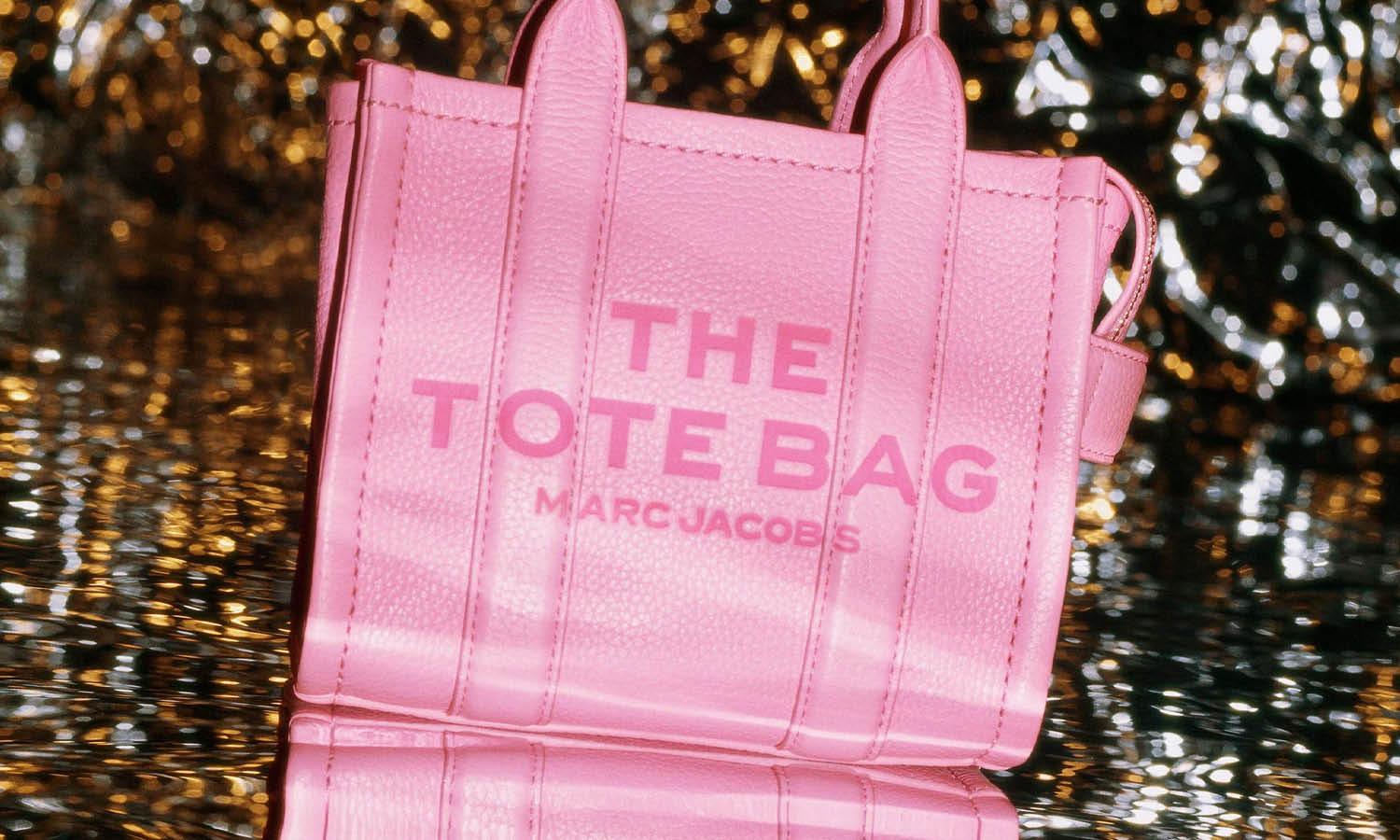
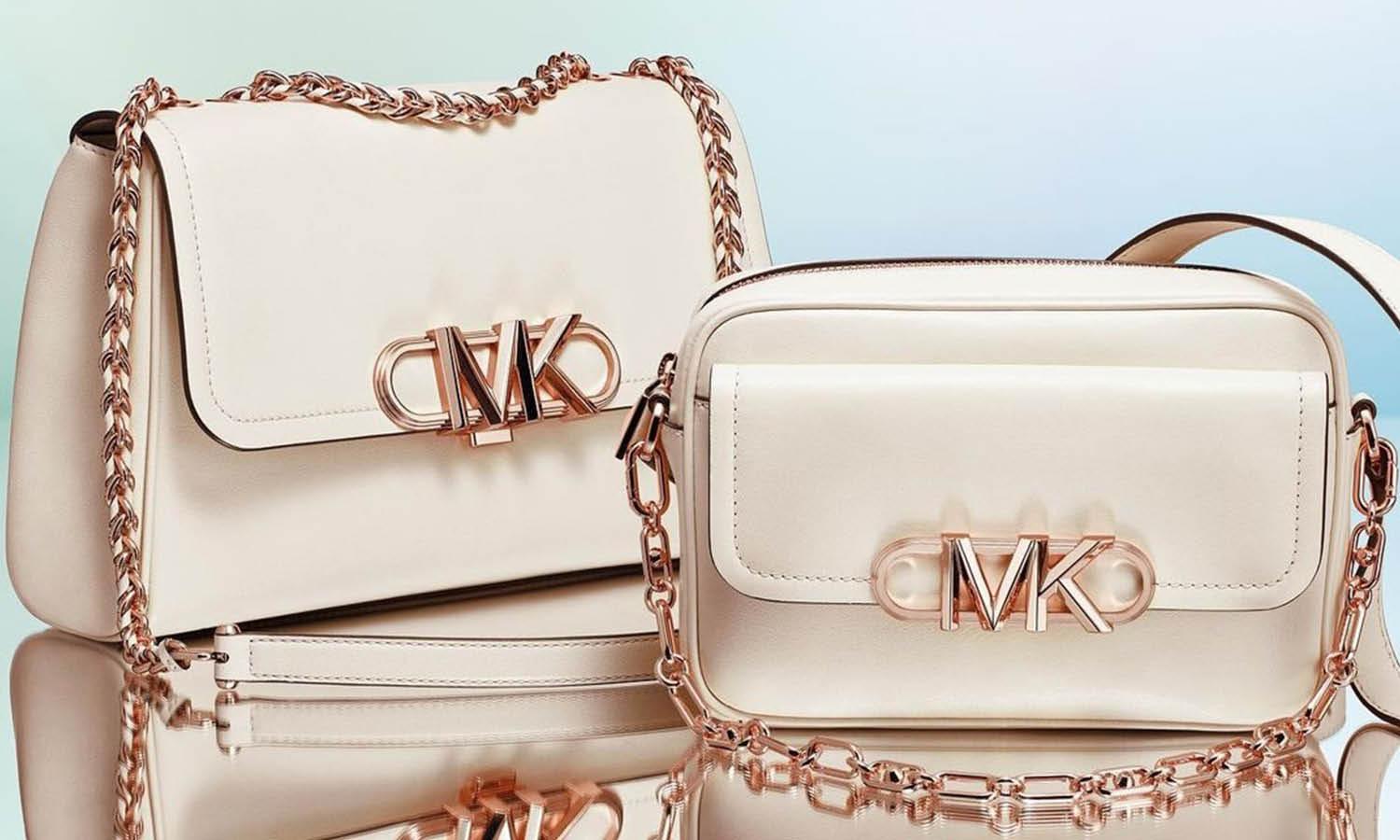

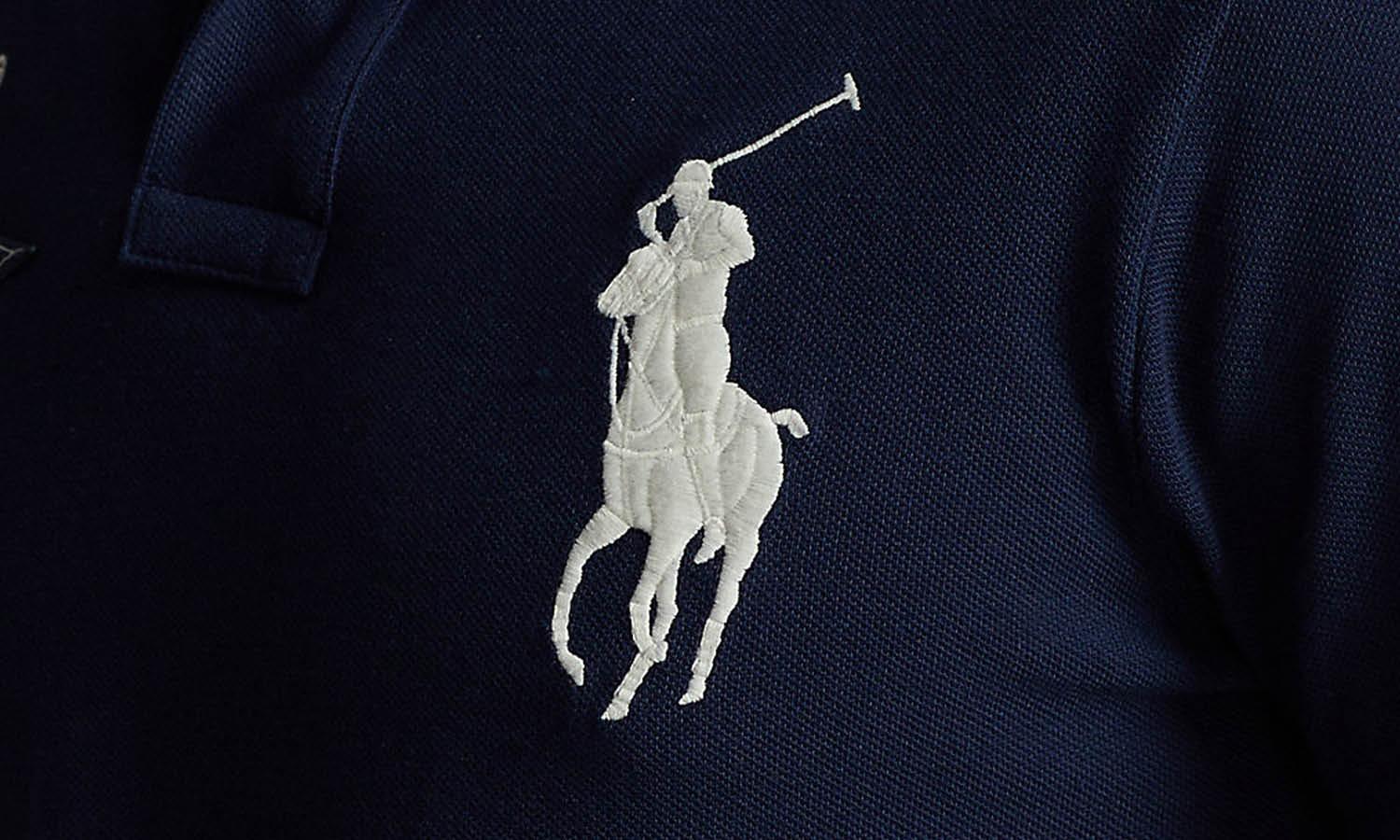









Leave a Comment